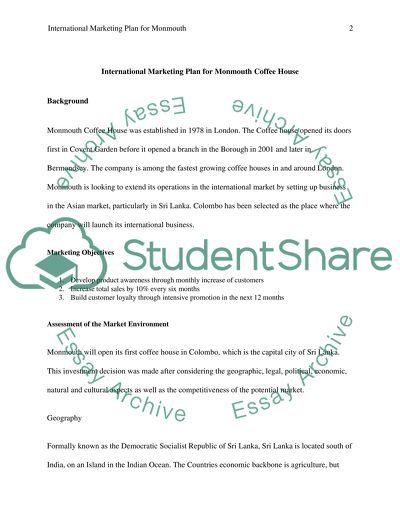Cite this document
(“International Marketing Plan for Monmouth Coffee House Essay”, n.d.)
International Marketing Plan for Monmouth Coffee House Essay. Retrieved from https://studentshare.org/marketing/1435648-international-marketing-plan-for-monmouth-coffee-house
International Marketing Plan for Monmouth Coffee House Essay. Retrieved from https://studentshare.org/marketing/1435648-international-marketing-plan-for-monmouth-coffee-house
(International Marketing Plan for Monmouth Coffee House Essay)
International Marketing Plan for Monmouth Coffee House Essay. https://studentshare.org/marketing/1435648-international-marketing-plan-for-monmouth-coffee-house.
International Marketing Plan for Monmouth Coffee House Essay. https://studentshare.org/marketing/1435648-international-marketing-plan-for-monmouth-coffee-house.
“International Marketing Plan for Monmouth Coffee House Essay”, n.d. https://studentshare.org/marketing/1435648-international-marketing-plan-for-monmouth-coffee-house.


